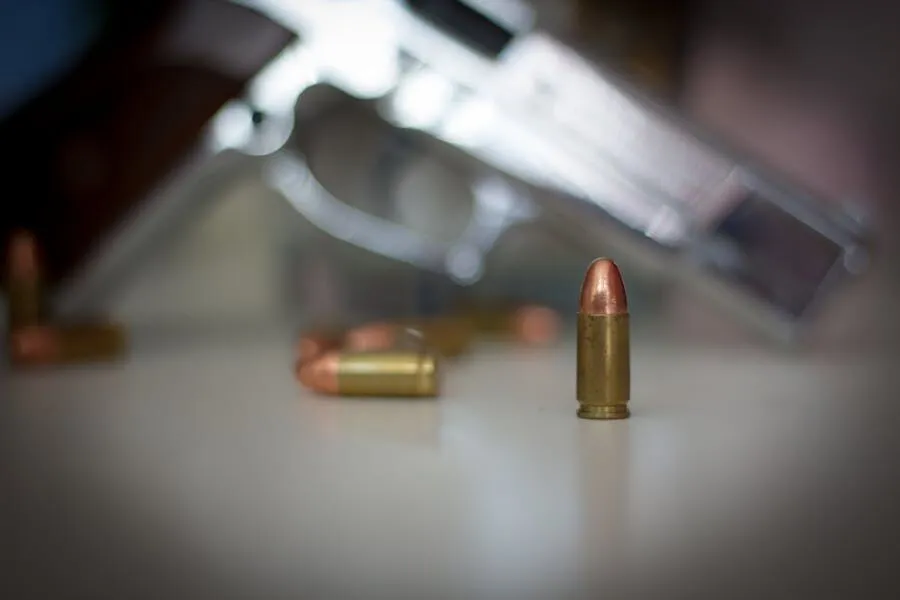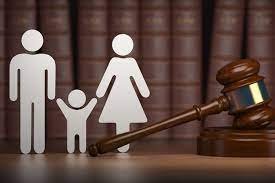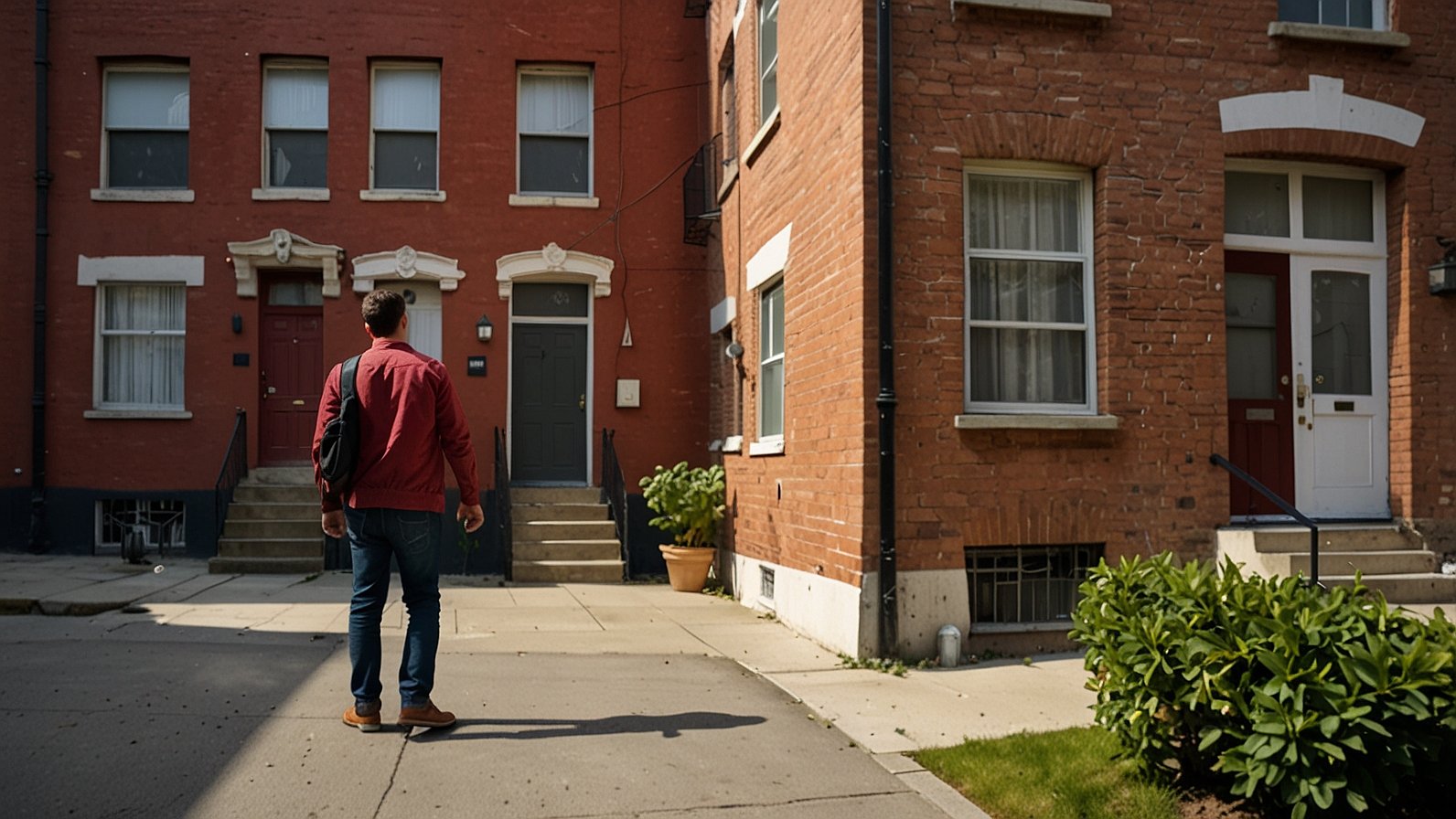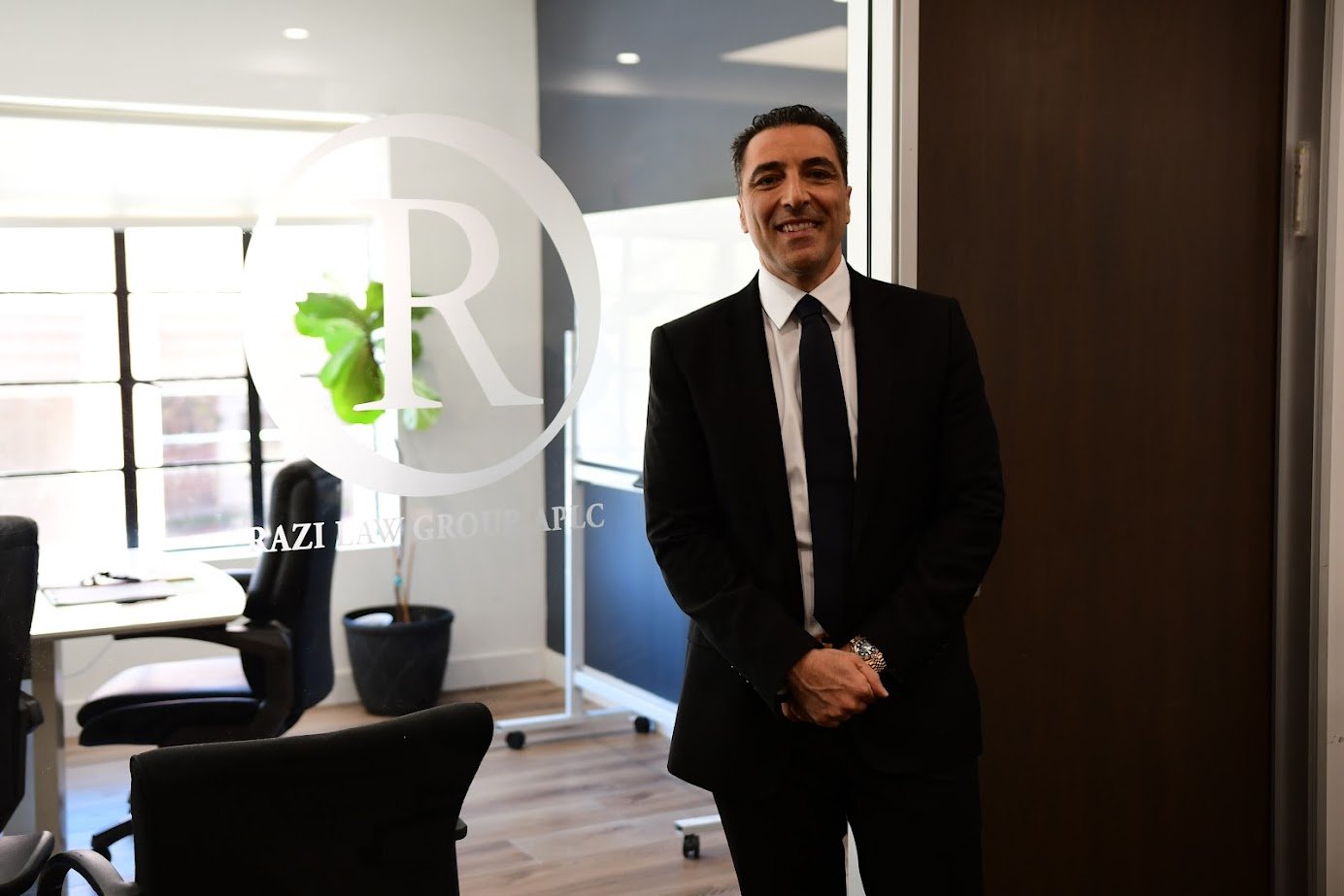Assault with a Deadly Weapon (Penal Code § 245(a)(1)) in California is considered a serious offense. The charge applies when someone attacks or attempts to attack another person using a deadly weapon or by force likely to cause great bodily injury. It doesn’t require that the victim be hurt that the accused took a clear action that could have caused harm. This blog will explain what qualifies as a deadly weapon, how the law defines the crime, possible penalties, and how it’s typically prosecuted in court.
What Qualifies as a Deadly Weapon?
A deadly weapon is not limited to firearms or knives. Under California law, any object that can cause serious harm or death can be considered a deadly weapon depending on how it’s used. Common examples include:
- Guns and knives
- Broken bottles
- Baseball bats or metal pipes
- Motor vehicles
- Even a dog, if trained to attack
It’s important to note that an object becomes a deadly weapon when it is used in a way that could seriously injure someone. For example, using a glass bottle to hit someone in the head qualifies, even though the bottle by itself isn’t normally considered a weapon.
Legal Definition of the Offense
To prove Assault with a Deadly Weapon (Penal Code § 245(a)(1)) in California, the prosecution must show four main elements:
- The accused acted willfully.
- They used a deadly weapon or force likely to cause great injury.
- The act was likely to result in harm.
- The accused had the ability to apply force when the act was committed.
Actual physical contact isn’t required for someone to be charged. Merely swinging a bat at someone and missing can still result in charges if the act could have led to serious injury.
Penalties and Sentencing
Assault with a deadly weapon is known as a “wobbler” in California, meaning it can be charged as either a misdemeanor or a felony based on the facts of the case and the defendant’s criminal history.
Misdemeanor Penalties:
- Up to 1 year in county jail
- Fines up to $1,000
- Possible probation and community service
- Mandatory anger management classes
Felony Penalties:
- 2, 3, or 4 years in state prison
- Fines up to $10,000
- Formal probation (in some cases)
- Possible strike under California’s Three Strikes Law
The use of a firearm automatically increases the severity. In such cases, the felony charge may carry a longer sentence or be enhanced under California’s firearm use laws.
Aggravating Factors That Affect Sentencing
Several circumstances can lead to more severe punishment, including:
- Use of a firearm
Use of a gun may result in an additional 3 to 10 years in state prison. - Assault on a protected person
If the victim is a police officer, firefighter, or similar public servant performing their duties, the sentence could increase substantially. - Prior convictions
Repeat offenders or those with prior violent felony convictions may face longer sentences or enhanced penalties. - Great bodily injury enhancement
If the victim suffers serious physical harm, an extra 3 to 6 years may be added to the sentence.
Common Defenses to the Charge
A person facing a charge under Penal Code § 245(a)(1) may have legal defenses depending on the facts of the case. Some common defenses include:
No Use of a Deadly Weapon
If the object used wasn’t capable of causing great harm or was not used as a weapon, it might not meet the legal definition.
Self-Defense or Defense of Others
If someone used reasonable force to protect themselves or another person from danger, it may be considered justified.
No Intent to Harm
Intent is a critical part of this charge. If the act was accidental or done without the intent to injure, that may reduce or dismiss the charge.
False Accusation or Mistaken Identity
There are cases where people are wrongly accused or identified. In such situations, a strong defense can help bring out the truth.
How Prosecutors Handle These Cases
When deciding how to file charges, prosecutors look at several key points:
- The severity of the act
- Whether a weapon was used
- The degree of injury to the victim
- The relationship between the accused and the victim
- Any past criminal history of the accused
Prosecutors often use witness testimony, video footage, medical reports, and physical evidence to support their case.
Impact of a Conviction
A conviction for Assault with a Deadly Weapon (Penal Code § 245(a)(1)) in California can have lasting consequences. Beyond jail or prison time, it may affect:
- Employment opportunities
- Professional licenses
- Immigration status for non-citizens
- Gun ownership rights
- Custody battles or family law matters
Also, a felony conviction stays on your record permanently unless it is later reduced or expunged under certain legal procedures.
Final Thoughts
Assault with a Deadly Weapon in California is treated seriously by the legal system. The law covers a wide range of scenarios, from severe attacks with firearms to less obvious cases involving objects used dangerously. Convictions carry heavy consequences and depend on the circumstances, intent, and evidence presented. Understanding how these cases are prosecuted and what defenses may apply is essential for anyone involved in or affected by such a charge. Contact David P. Shapiro Criminal Defense Attorneys to know how they can assist you for the better!
YOU MAY ALSO LIKE: Level Up Fast with High-Ranked BO6 Accounts











